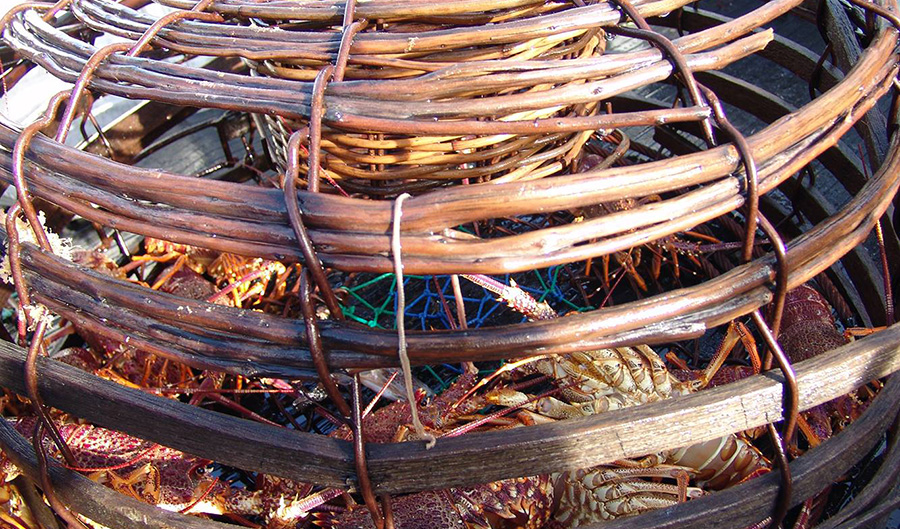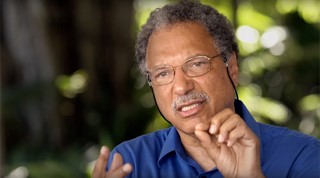On September 4, 2019, the Sea Around Us – Indian Ocean research initiative at the University of Western Australia and the Western Australian Department of Primary Industries and Regional Development organized a data-limited stock assessment workshop for fisheries researchers and managers of the local state government.
Daniel Pauly talks oceans data at UWA
This week, the Sea Around Us Principal Investigator, Daniel Pauly, is offering a public lecture titled “New ways to view complex oceans data.”
PhD opportunities at the Sea Around Us – Indian Ocean
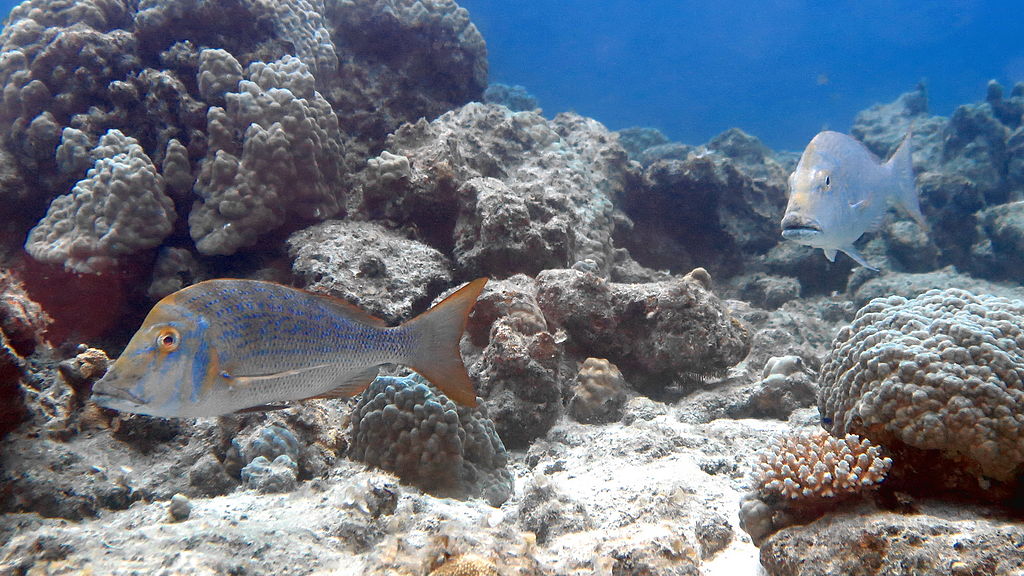
Spangeled emperor. Photo by Vincent C Chen, Wikimedia Commons.
The Sea Around Us – Indian Ocean under the leadership of Professor Dirk Zeller at the University of Western Australia is looking for highly qualified Australian PhD candidates interested in conducting ‘big-data’ and meta-analysis research on fisheries and fisheries conservation issues at the ocean-basin scale. Interested? Then consider applying for a PhD Scholarship at the University of Western Australia in Perth. For details, see this link.
Applications for the domestic (Australian) Scholarship Round are open from 1 September to Thursday 31 October 2019. This round is only for domestic (Australian) graduates who can enroll in the first half of 2020.
The Sea Around Us – Indian Ocean is growing!
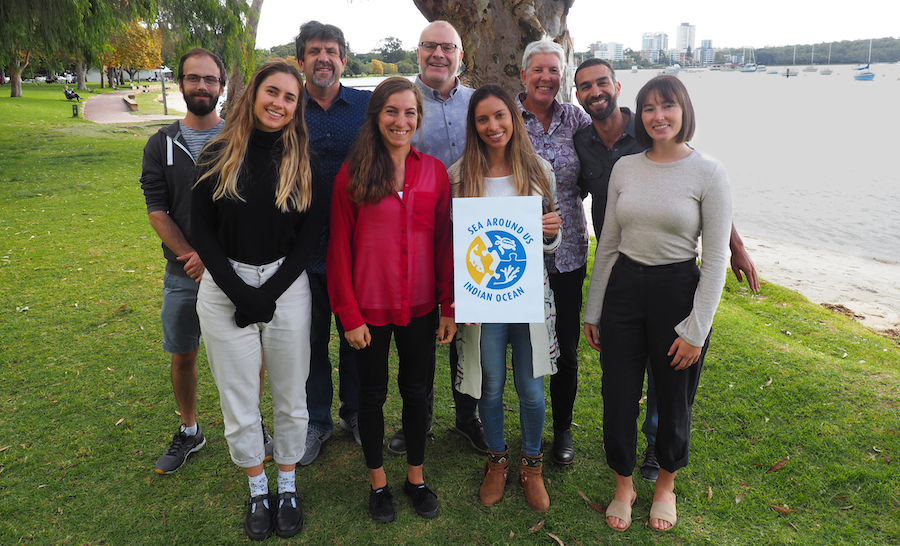
Clockwise from top left: Matthew Ansell, MSc student; James Hehre, Associate & Programme Manager – Marine Futures Lab; Dirk Zeller, Director Sea Around Us – Indian Ocean; Jessica Meeuwig, Director Marine Futures Lab; Gabriel Vianna, Postdoctoral Fellow; Rachel White, Researcher; Hanna Jabour Christ, Associate & Communications and Data Manager – Marine Futures Lab; Lincoln Hood, Senior Researcher; Amy McAlpine MSc Student.
The Sea Around Us – Indian Ocean, founded in 2017 at the University of Western Australia and led by Dr. Dirk Zeller, is starting to grow.
A while back, former members of the Sea Around Us at UBC, Lincoln Hood and Rachel White, followed a tern flock and moved southwards to work with Dr. Zeller on establishing the Sea Around Us – Indian Ocean, and to initiate the newest round of updated and improved catch reconstruction database for all maritime countries around the Indian Ocean.
Sea Around Us’ Marine Trophic Index included in the list of SDG proxy indicators
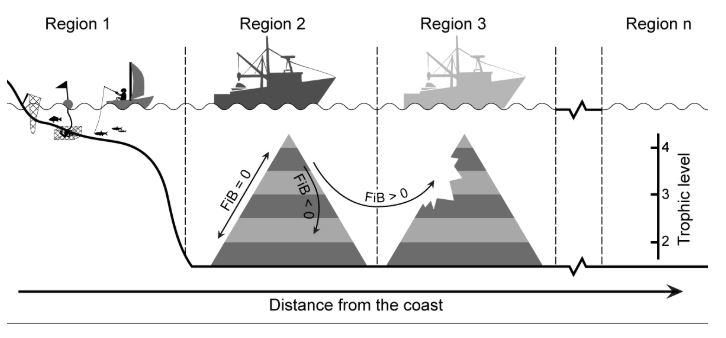
Schematic representation of changes in MTI and FiB index given differing modes of exploitation of coastal resources.
The Sea Around Us is pleased to announce that the Marine Trophic Index (MTI) has been officially included in the list of Sustainable Development Goals (SDGs) proxy indicators.


